
I just attended LosCon in Los Angeles, where I was a vendor in the dealers’ room, selling mostly my novels and dice towers. Even amoung the fandom community, there are many who have never attended a con. So, let me introduce you to them!
Science-fiction and fantasy conventions are not just gatherings; they are celebrations of passion, creativity, and community. If you’ve never attended one but are curious, this guide just might open a door to a world of imagination and camaraderie.
What Are Fandom Conventions?
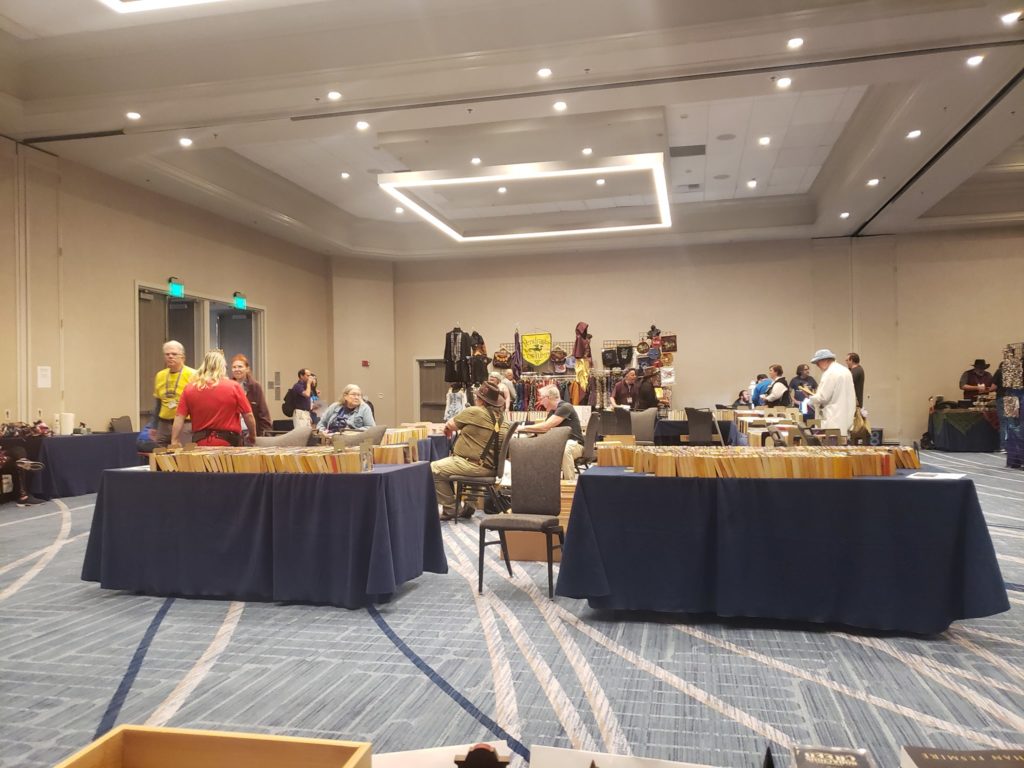
Fandom conventions, often referred to as “cons,” are events where fans of various genres, including comics, science fiction, fantasy, and more, come together. They originated from the science fiction conventions of the 1930s and have evolved into diverse, inclusive celebrations of all forms of media and culture, venues where art, culture, and fan enthusiasm intersect.
How Do They Work?
Conventions typically span several days and feature a plethora of activities. Attendees, often called “con-goers,” can participate in panels, meet celebrities, join workshops, play a variety of table top games, cosplay, and much more. These events are held in large venues like convention centers and hotels, accommodating from a few hundred people to many thousands. Each convention has its unique flavor, reflecting the themes and communities it represents.
Who Attends These Conventions?
Fandom conventions attract a wide array of people. From hardcore fans who’ve followed a franchise for decades to curious newcomers, the diversity is staggering. All are united by a shared love for specific genres or series. These events also attract creators, artists, and industry professionals, making them a melting pot of ideas and inspiration.
Can You Attend Without Cosplay?
Absolutely! While cosplay – dressing up as a character – is a popular aspect of conventions, it’s not a requirement. Many attendees enjoy conventions in casual attire. Cosplay is about expression and fun, not obligation. It’s a way to pay homage to beloved characters, but enjoying the event in your style is equally celebrated.
Panels and Workshops
Panels are discussions or presentations on various topics related to fandoms. They range from celebrity Q&As to fan-led discussions about specific aspects of a genre. Workshops offer hands-on experiences in areas like costume making, writing, or art creation. These sessions provide an opportunity for personal growth and learning, as well as a chance to engage with experts and fellow fans.
Autograph Sessions and Photo Ops
Celebrity guests often offer autograph sessions and photo opportunities. It’s a chance to meet your heroes, albeit briefly, and take home a personalized souvenir. These interactions provide a rare opportunity to connect with the actors, writers, and creators who bring your favorite stories to life.
For example, this year I was on the “Welcome to the Weird West” panel at San Diego Comic-Con, and about an hour later, several of us who were on the panel did an authgraphing session, where attendees bought our books, chatted with us, and got our signatures.
Exhibitor Halls and Artist Alleys
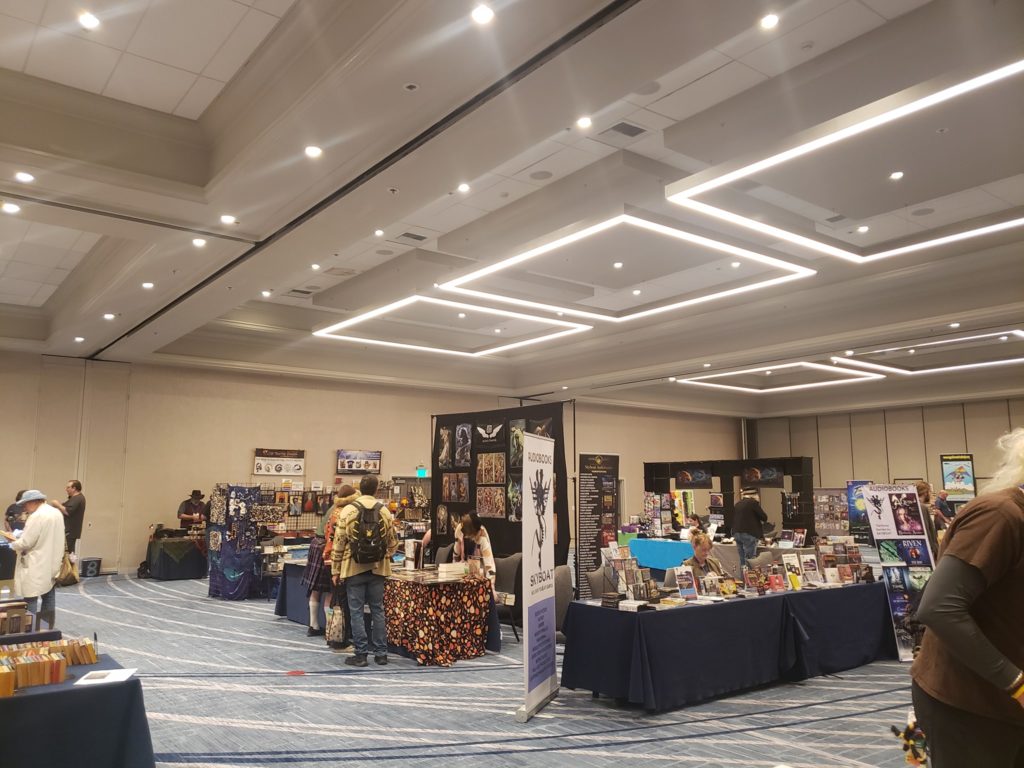
Exhibitor halls, also known as the “dealers’ room,” are commercial areas where vendors sell merchandise. Artist alleys feature works from independent artists and creators, offering unique, often handcrafted items. These sections are exciting for collectors and enthusiasts, offering everything from rare collectibles to original artworks.
Gaming and Interactive Zones
Many conventions have areas dedicated to gaming, from video games to tabletop RPGs like Dungeons and Dragons. These zones offer a chance to play, watch, or even participate in tournaments. They are a hub for gamers to share strategies, experiences, and engage in friendly competition.
Cosplay and Costume Contests
Cosplay is a cornerstone of these conventions. Costume contests showcase the incredible talent and creativity of attendees, with categories ranging from beginners to masters. These events are not only about showcasing costumes but also about celebrating the effort and passion that goes into bringing characters to life.
Special Screenings and Premieres
Conventions often host special screenings of films, TV episodes, or fan-made projects. Occasionally, you might witness a premiere or a sneak peek of upcoming releases. These screenings are special treats, offering fans a communal experience of enjoying anticipated content together. Some fans will have an event called “trailer park,” where they show trailers for upcoming movies and shows, and often give out swag, including tee shirts.
Making the Most of Your Convention Experience
- Plan Ahead: Check the schedule and plan your days to make the most of the events.
- Stay Comfortable: Wear comfortable shoes and stay hydrated.
- Budget Wisely: It’s easy to overspend on merchandise and autographs.
- Be Respectful: Remember, everyone is there to enjoy their passion. Respectful interactions make the experience better for everyone. One of the things many people enjoy about conventions is that it’s a place where they can be themselves.
- Explore: Don’t be afraid to try new panels or meet new people. Embrace the unexpected and allow yourself to discover new interests and friendships.
Fandom conventions are more than just events; they are vibrant, welcoming communities where people celebrate their passions and forge new friendships. Whether you’re a seasoned con-goer or a first-timer, each convention is an adventure waiting to be explored. They are a testament to the power of stories and characters in bringing people together, creating unforgettable experiences.
“We’re like licorice. Not everybody likes licorice, but the people who like licorice really like licorice.” ~
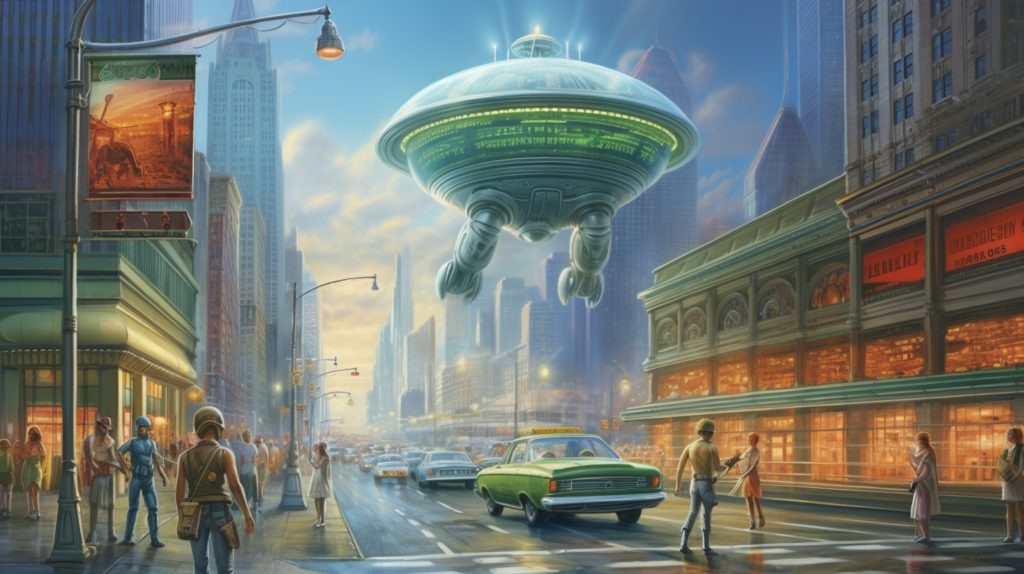
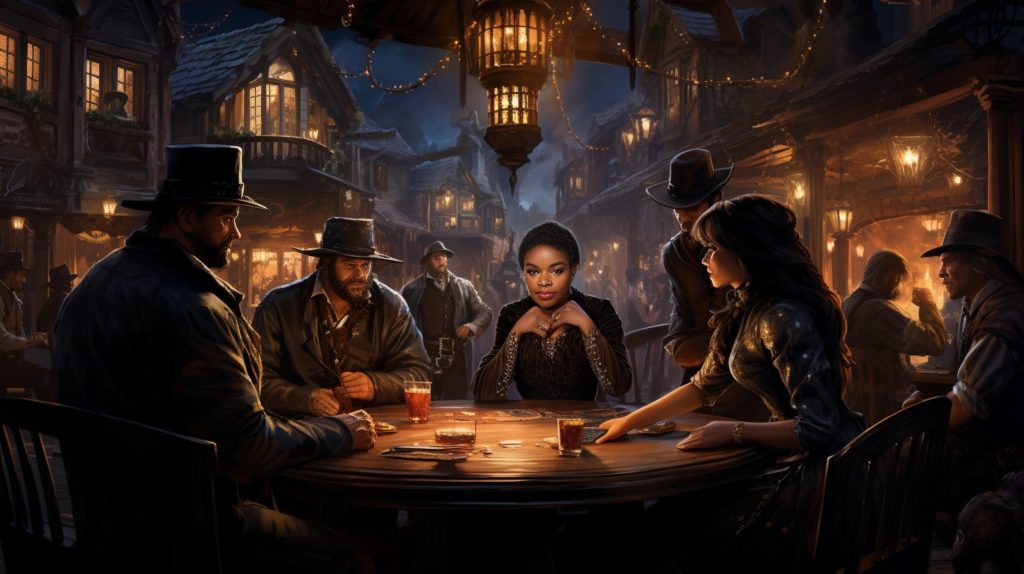
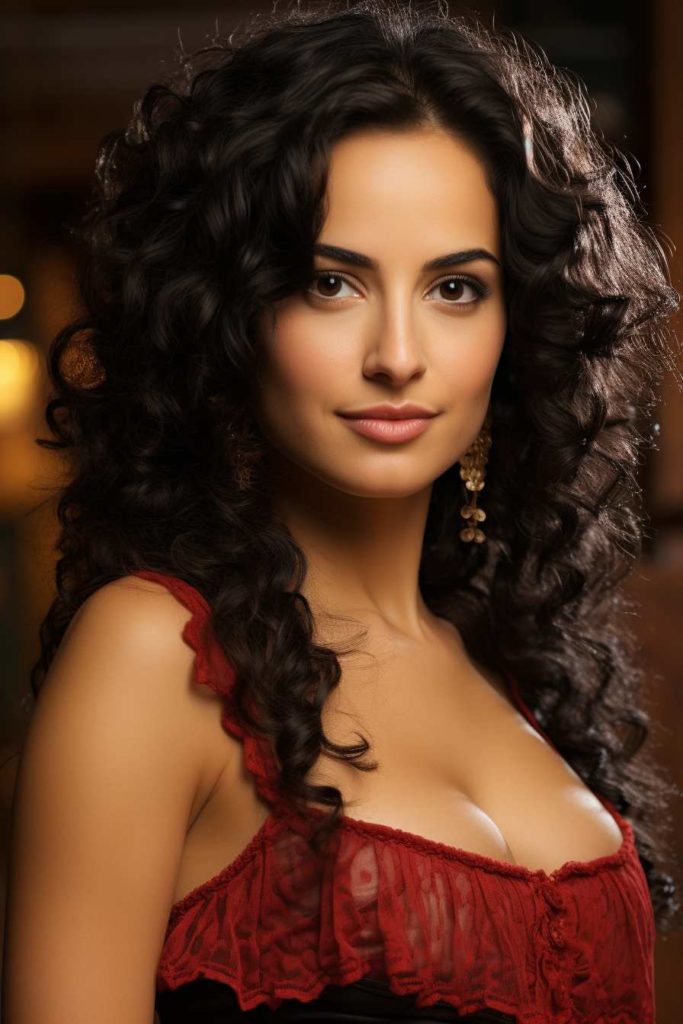
 On my second attempt, the draft grew to about 66,000 words. Concurrently, I was expanding the
On my second attempt, the draft grew to about 66,000 words. Concurrently, I was expanding the  Transparency with you, my readers, is vital. I want you to know that your anticipation and support fuel my commitment to this story. Once this next draft reaches its completion, I plan to launch a Kickstarter campaign to cover editing and other publishing necessities. If you’re curious about the kind of rewards and perks this might include, take a look at the campaign we had for
Transparency with you, my readers, is vital. I want you to know that your anticipation and support fuel my commitment to this story. Once this next draft reaches its completion, I plan to launch a Kickstarter campaign to cover editing and other publishing necessities. If you’re curious about the kind of rewards and perks this might include, take a look at the campaign we had for 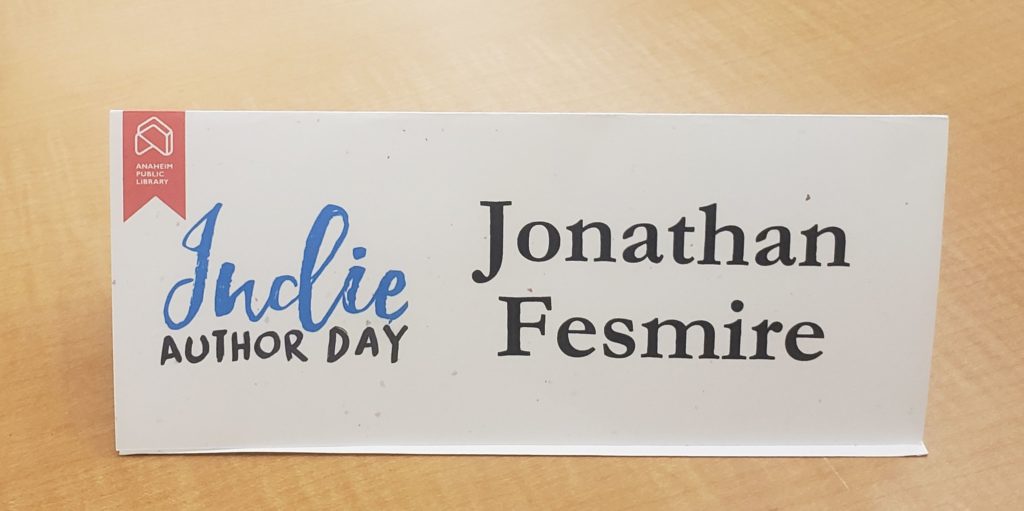
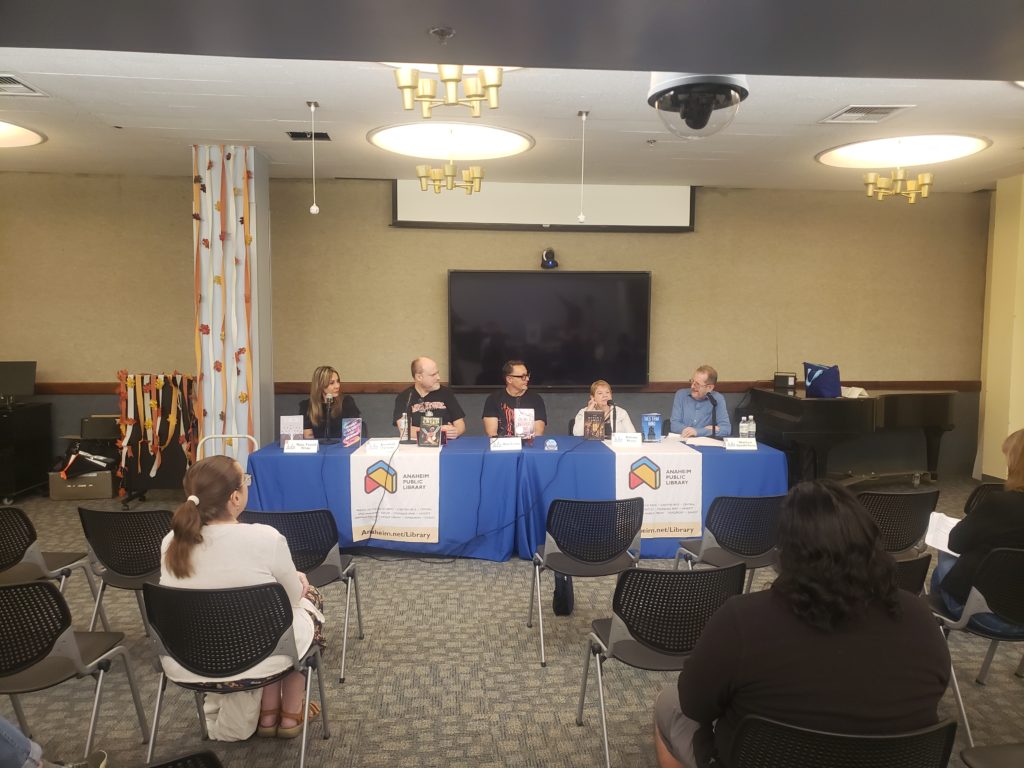 At noon I was on a panel, “Crafted Words: Mastering the Writer’s Toolbox,” where we shared an insightful discussion on various tools available to writers. From mental fortitude to the latest software, we covered a gamut that I believe the audience found valuable. Max Evans’s use of “flow state” as a measure of a successful writing day was particularly thought-provoking, suggesting that the qualitative experience of writing can be just as important as quantitative goals.
At noon I was on a panel, “Crafted Words: Mastering the Writer’s Toolbox,” where we shared an insightful discussion on various tools available to writers. From mental fortitude to the latest software, we covered a gamut that I believe the audience found valuable. Max Evans’s use of “flow state” as a measure of a successful writing day was particularly thought-provoking, suggesting that the qualitative experience of writing can be just as important as quantitative goals.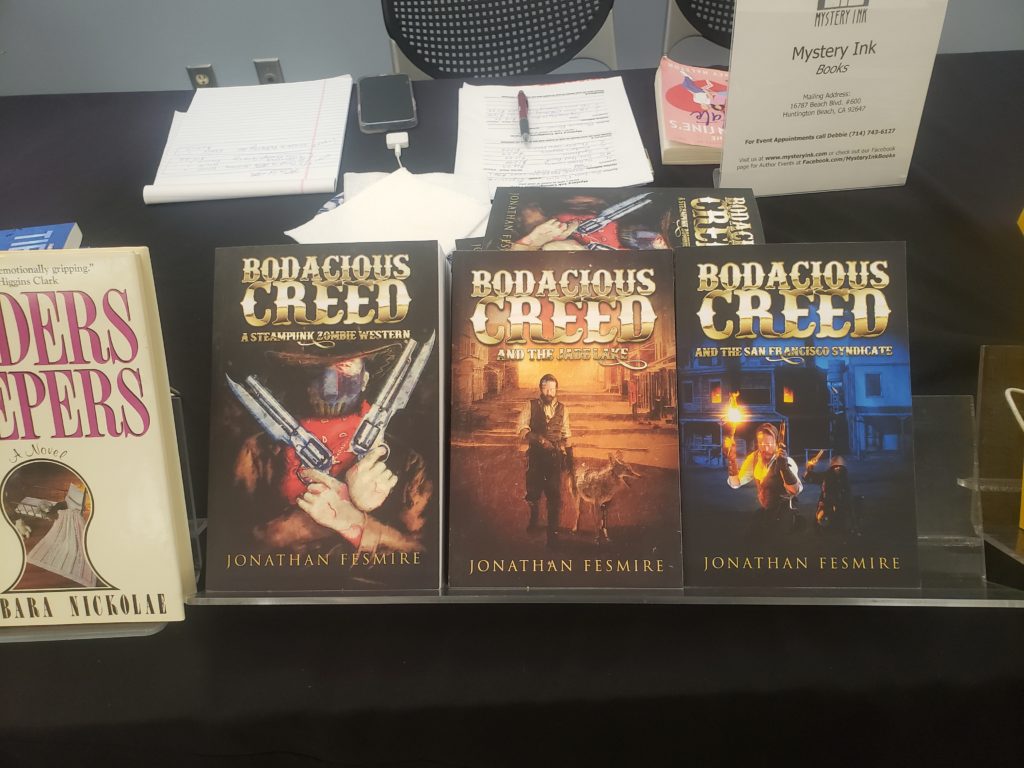 I spent the final hour visiting the vendor tables upstairs and networking, exchanging business cards and bookmarks, and buying a couple of books. For emerging authors looking to build their networks, my advice is to be proactive yet personal; collect contacts at the event, and more importantly, engage with them afterward through thoughtful follow-ups.
I spent the final hour visiting the vendor tables upstairs and networking, exchanging business cards and bookmarks, and buying a couple of books. For emerging authors looking to build their networks, my advice is to be proactive yet personal; collect contacts at the event, and more importantly, engage with them afterward through thoughtful follow-ups.